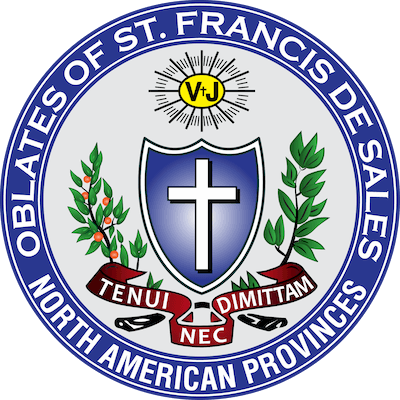Eucharistic Adoration, sometimes called a Visit to the Blessed Sacrament, appears to be enjoying a kind of renaissance, especially among the young. Whether it is adoration before the tabernacle or before the Sacrament exposed in a monstrance, many young people are rediscovering what was a common practice for many in the past but which seems to have undergone a kind of distancing by some for the past several years.
In an address (Chapter) given to the earliest Oblates on July 27, 1886, Blessed Louis Brisson, Founder of the Oblates said, “I have never known of anyone, devoted to the Blessed Sacrament to be lost (at the end of life). To the contrary, I have seen many who were with little hope, returned to the faith.” He went on to say that “devotion to the Blessed Sacrament and the Blessed Virgin go hand in hand.” He called the Visit, (the adoration) a “gentle conversation with the Lord.”
He told the earliest Oblates that if they felt dry and unable to speak during the Visit to read some scripture if necessary and even to silently sing a hymn noting that St. Francis de Sales recommended the hymn “Adoro Te Devote,” Humbly we adore thee. He told the Oblates that meditating on the words of the Gospel at the foot of the Blessed Sacrament is ten times more enlightening than reading all the commentaries on Scripture together.
Fr. Brisson wanted the Visit to the Blessed Sacrament to be a daily part of the Oblate Life and so he placed it in the Oblate Constitutions. In the same Conference cited above, he said that if an Oblate were unable to make the Visit to the Blessed Sacrament with the others of the community, for whatever reason, he should still do it himself rather than omit it.
Rediscovering the power of this act of piety may make a big difference in your life. Consider some quiet time of adoration, or visit, before the Lord in the Blessed Sacrament.
Fr. David Whalen, OSFS
St. Pius X Parish, Toledo, OH





